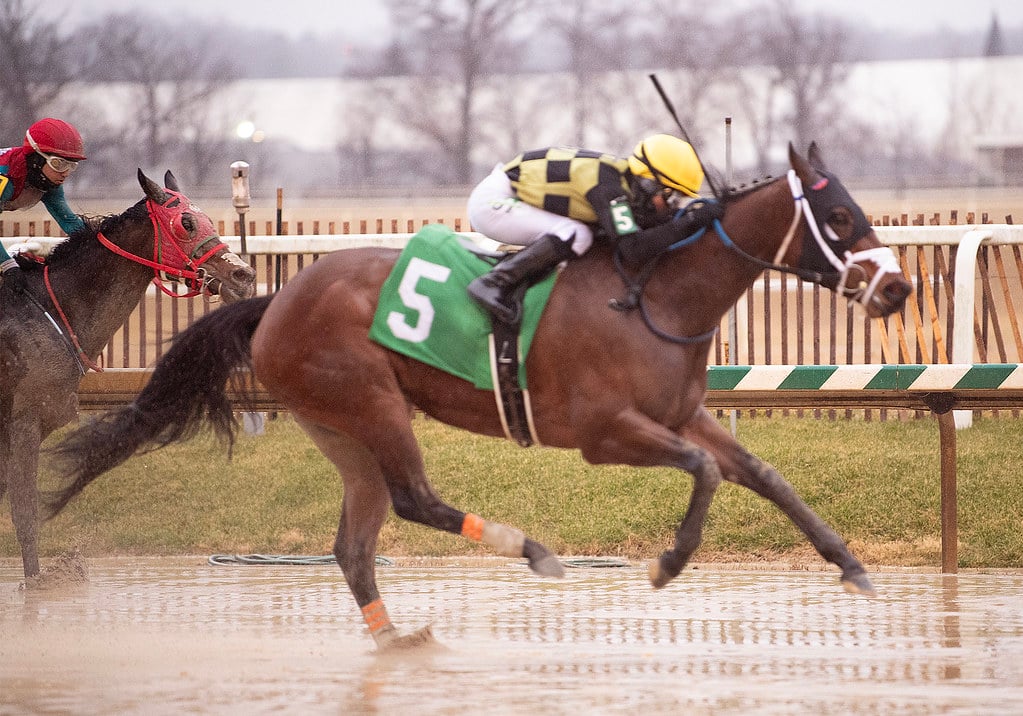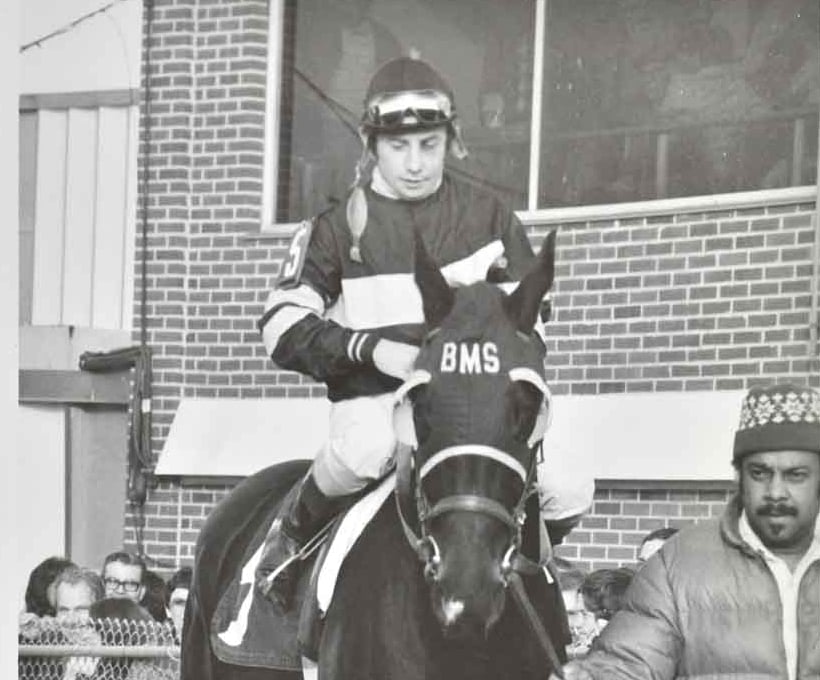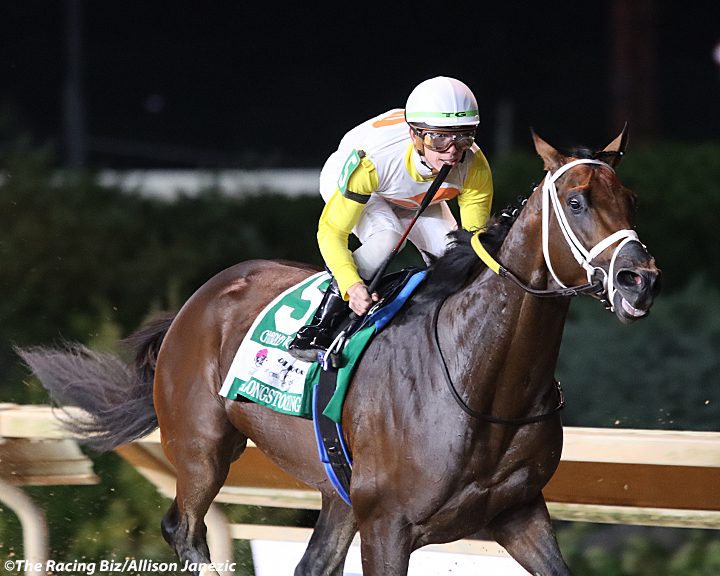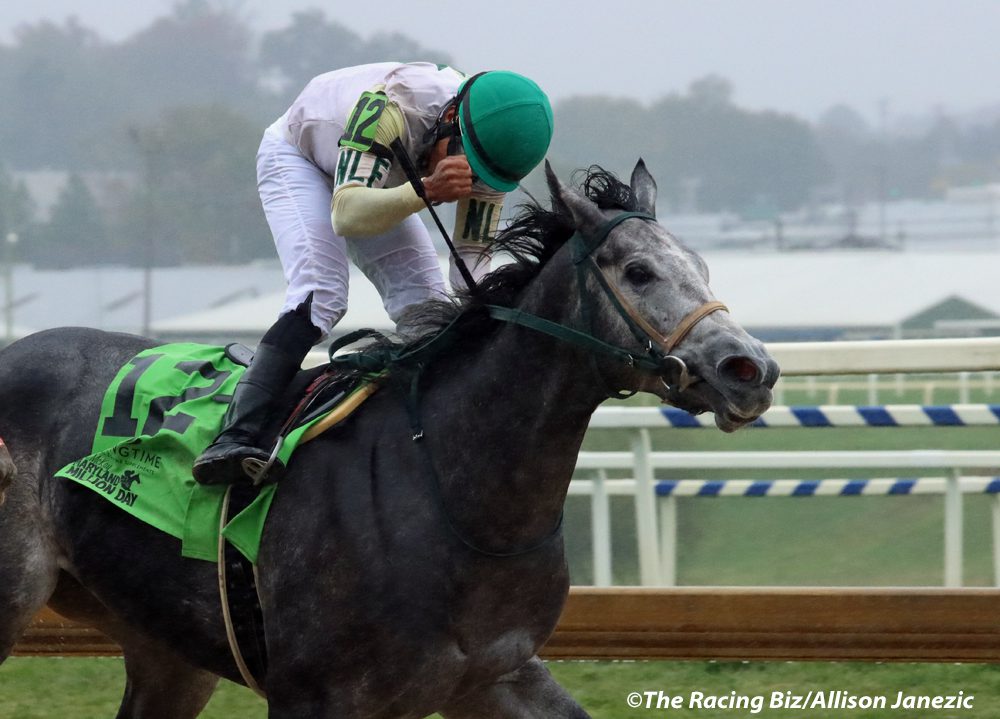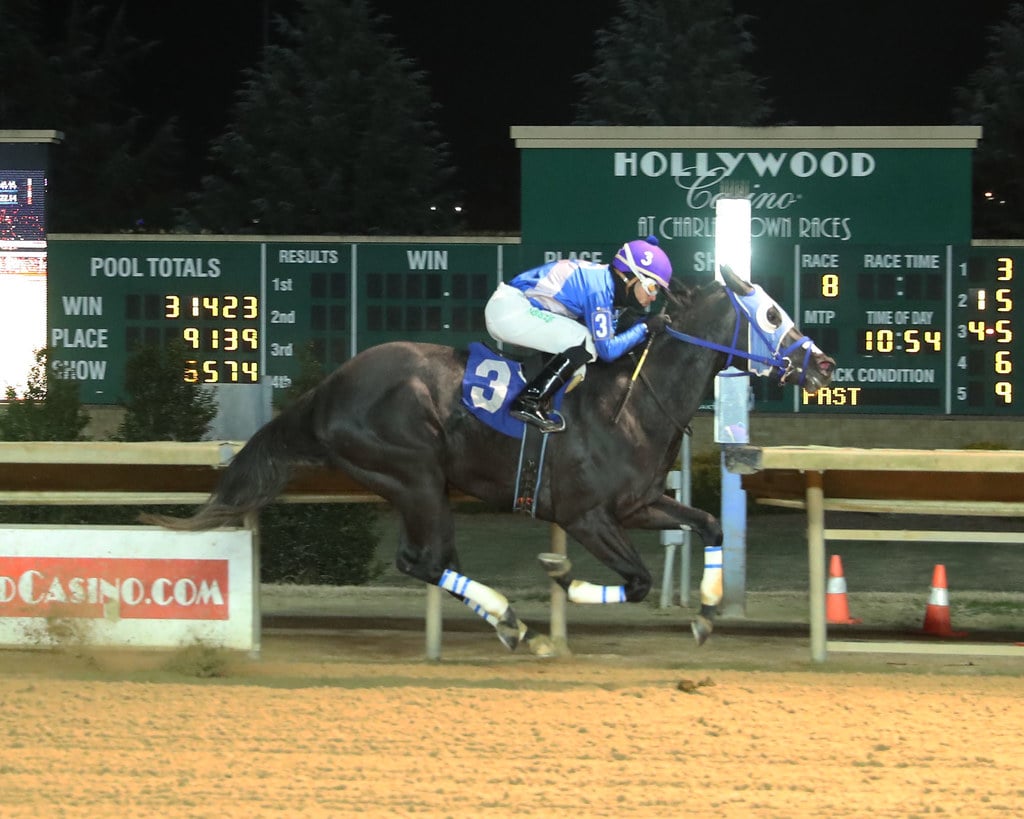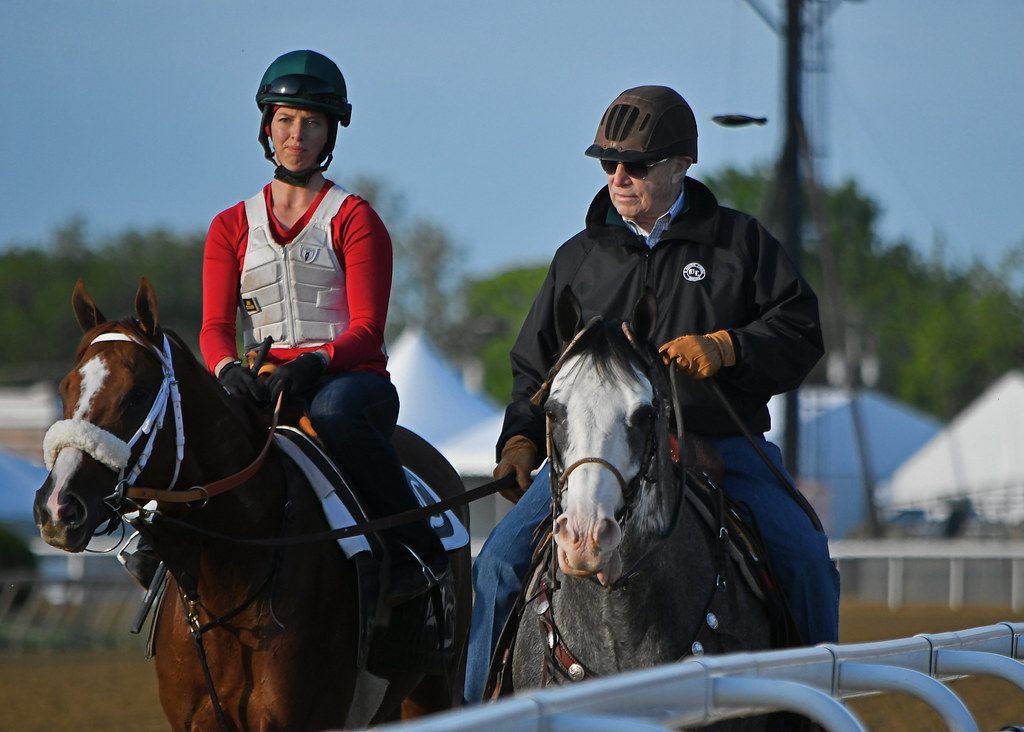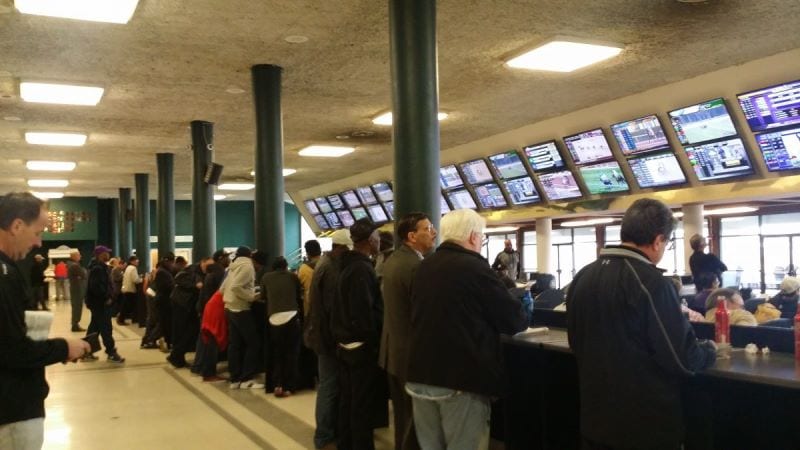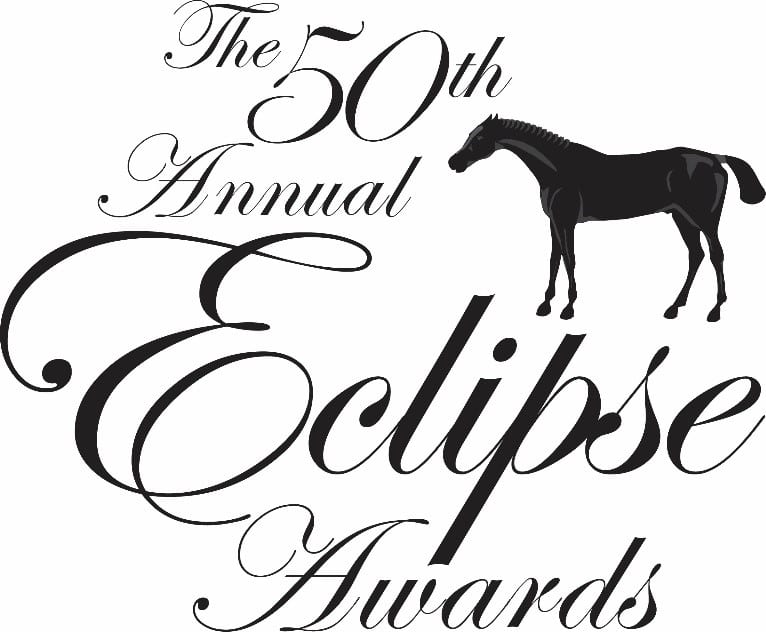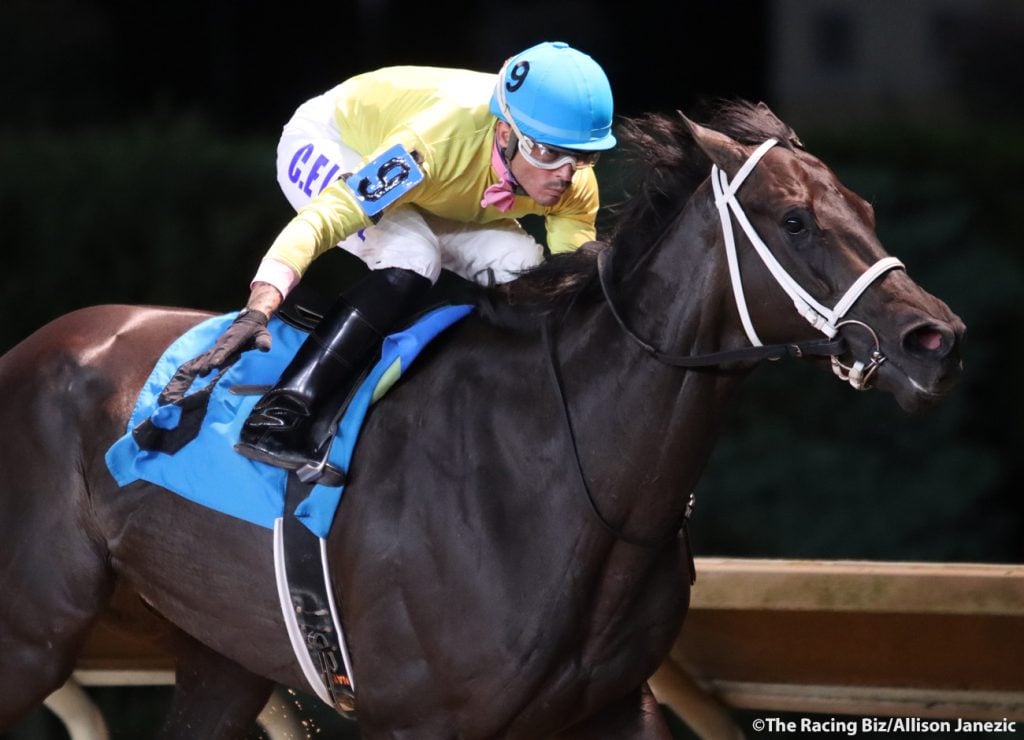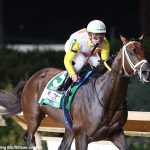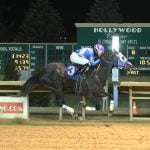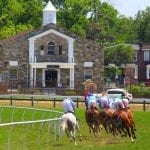Pimlico persists: The story of Old Hilltop
As Maryland and horse racing in America counts down to another Preakness and a revitalized Pimlico Race Course, revisiting the racetrack’s history reminds fans everywhere just what Old Hilltop has contributed to the sport since its inception more than 150 years ago.
The story of Old Hilltop does not start in Baltimore, but in Saratoga Springs, New York, at a dinner party no less. Textile manufacturer Milton Sanford hosted friends like newly elected Maryland governor Oden Bowie at the Union Hall Hotel to celebrate his horse Lancaster’s victory in the 1868 Saratoga Cup. The Civil War over, Bowie was eager to bring racing back to Maryland, and when financier John Hunter suggested a race to commemorate the evening’s festivities, Bowie took the bit between his teeth and pledged to build a racetrack in his state to host such a race. With that, a Maryland institution was born.
Located near Jones Falls and named for a Baltimore neighborhood, Pimlico opened on October 25, 1870, for a four-race card with the Dinner Party Stakes as the day’s feature. Sanford’s Preakness, a son of legendary sire Lexington, outlasted a field of six others to win the two-mile race. Three years later, Governor Bowie would inaugurate a 12-furlong stakes for three-year-olds in honor of that first victor. The first Preakness Stakes featured seven starters with Survivor winning by an easy 10 lengths.
When financial issues closed Pimlico from 1889 to 1904, the Preakness found a home in New York, contested first at Morris Park and then at Gravesend until 1908. The Dinner Party Stakes went through its own series of changes; renamed the Dixie Handicap, the race had more than one hiatus before returning to Pimlico’s stakes lineup permanently in 1924, and then reverting to its original name in 2020.
By 1909, the Maryland Jockey Club and Pimlico were back in business and its signature race, the Preakness Stakes, returned to its first home, ushering in a new era in the history of both.
Raising Pimlico’s Profile
When sportsman William P. Riggs took over as secretary of the Maryland Jockey Club, he worked to raise the Preakness’s profile as well as that of the state’s signature racetrack. The first half of the 1910s saw racetracks across the country battling the anti-gambling movement that shrunk the sport down to two states: Kentucky and Maryland. Pimlico was one of a handful of racetracks that kept the sport alive in the United States.
Riggs elected to increase the Preakness’ purse to $15,000 in 1918, a move that was so successful that the race was run in two divisions for the first and only time. The purse increased again in 1919, this time to $25,000, prompting Kentucky Derby winner Sir Barton to come east and add the rich Preakness to his laurels, becoming the first horse to win both. Over the next decade, the Preakness became an American classic, which made historic Pimlico a yearly destination for three-year-olds as the Derby, the Preakness, and then the Belmont Stakes coalesced into the American Triple Crown.
The track’s Victorian clubhouse became a signature sight each spring along with the small hill in the infield, the rise a popular spot for fans to watch the action which inspired the nickname “Old Hilltop.” The Maryland Jockey Club removed the hill in 1938, as it obstructed the action on the track’s backstretch, but the moniker remains to this day. The track’s “Old Clubhouse,” yellow with white trim and green shutters, housed a jockey Hall of Fame, private dining rooms named for each Triple Crown winner, and a library of the Maryland Jockey Club’s books and records. The structure burned down in 1966, taking with it everything but the signature weathervane that had been painted each year with the Preakness winner’s silks. The original weathervane now resides in a museum exhibit at Pimlico while a new version sits atop a cupola in the track’s infield.
When Ben and Herman Cohen and partner Louis Pondfield purchased the racetrack in 1952, they built a new clubhouse and grandstand replete with modern amenities like elevators and escalators. By 1958, though, the three owners had concluded that the vintage racetrack, hemmed in by urban development on all sides, had nowhere left to expand and as such should be abandoned in favor of moving its racing days to nearby Laurel Race Course. State legislators rejected the proposition by a nose in a 15-14 vote, a move which gave Pimlico new life.
The following year, the partnership raised the Preakness’ purse to $150,000 and began improving the grandstand and clubhouse throughout the 1960s and 1970s, adding the familiar gold bas relief statue of Parole, Tom Ochiltree, and Ten Broeck around 1960. Projects included a tunnel under the stretch, new barns, and landscaping around the track’s perimeter as Pimlico celebrated its first century.
The 1980s saw changes in ownership as attendance for the Preakness grew, leading to a crossroads for this historic racetrack.
Preparing for the Future
Maryland lawyer Frank DeFrancis and partners purchased Pimlico from the Cohens in late 1986 and pumped money into improving facilities as well as reviving the Pimlico Special and spearheading legislation authorizing Sunday racing among other changes to Maryland racing. The racetrack remained in the DeFrancis family until Frank Stronach’s Magna Entertainment, which later became part of the Stronach Group, purchased the Preakness and Pimlico in the early 2000s.
Preakness attendance increased yearly in the decades since the DeFrancis family and then the Stronach Group took over the historic racetrack. As the crowds grew, Pimlico itself began to show wear and tear. The facility has not been able to keep up with the ever-increasing attendance and exposed areas where changes were clearly needed.
Conversations about closing Pimlico and moving the Preakness to Laurel Race Course, also owned by the Stronach Group, abounded in the early 2020s, but efforts to keep the historic racetrack alive resulted in the passing of monumental legislation in April 2024.
The state’s assembly approved a bill that would place both Pimlico and Laurel under control of the state of Maryland. Old Hilltop then be remodeled while Laurel would play temporary host to the Preakness Stakes, with an anticipated Pimlico reopening coming in 2027. This ensures that this iconic racetrack would remain an important part of the fabric of Maryland’s horse industry for the foreseeable future, recognizing what Pimlico and the Preakness has meant to both its home and the sport for the last century and a half.
CHECK OUT THE LATEST OFF TO THE RACES RADIO!
LATEST NEWS


